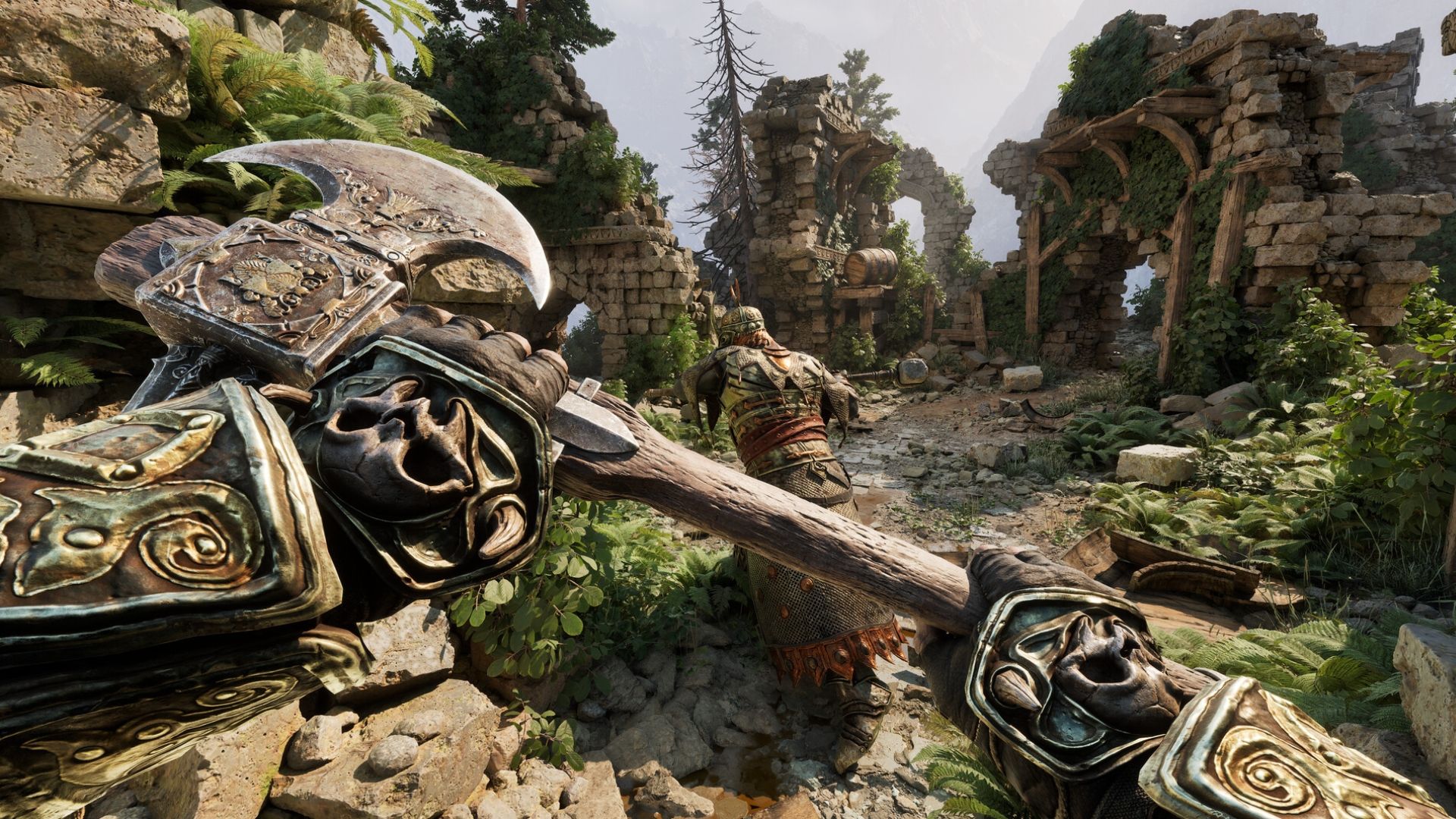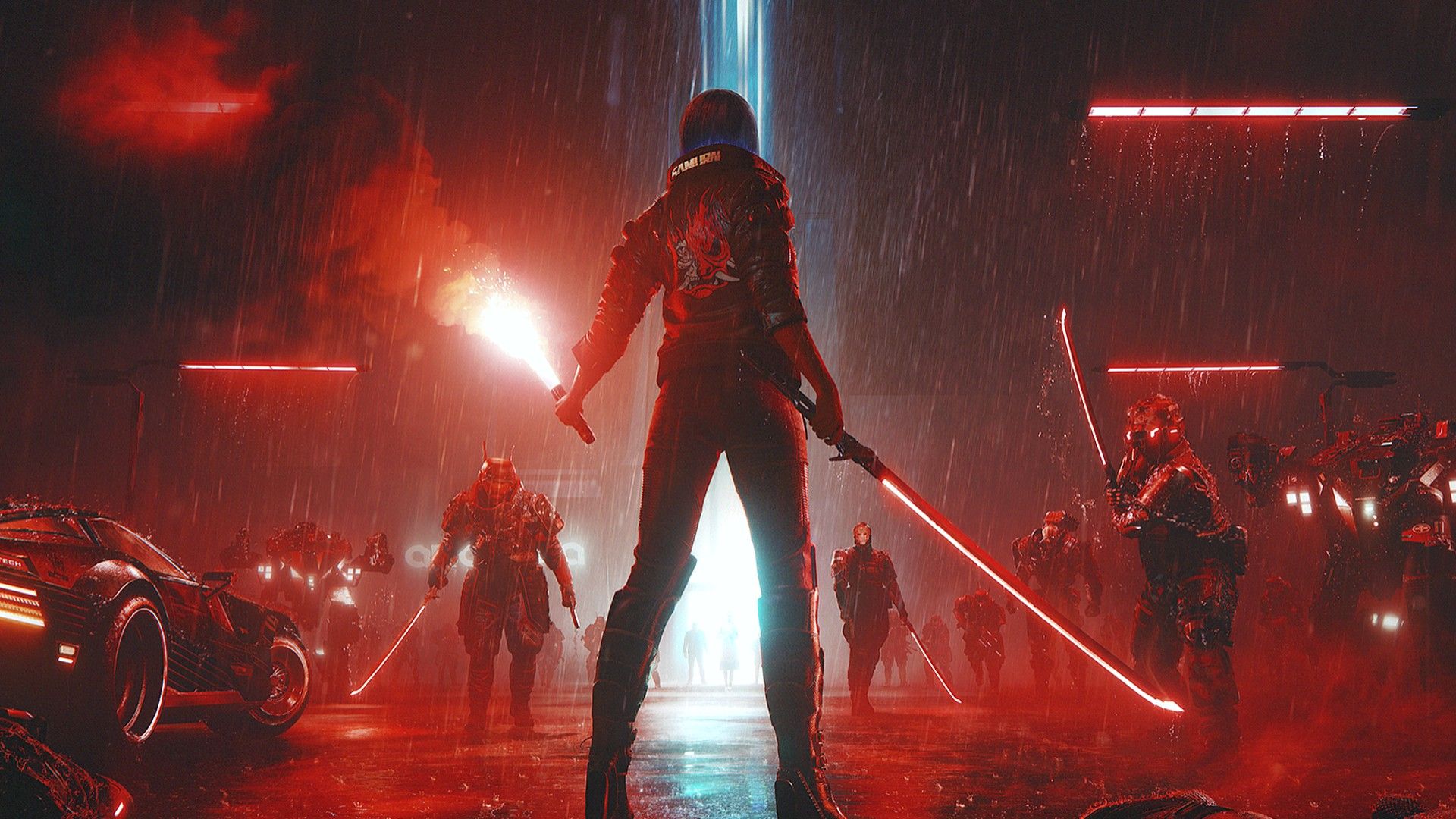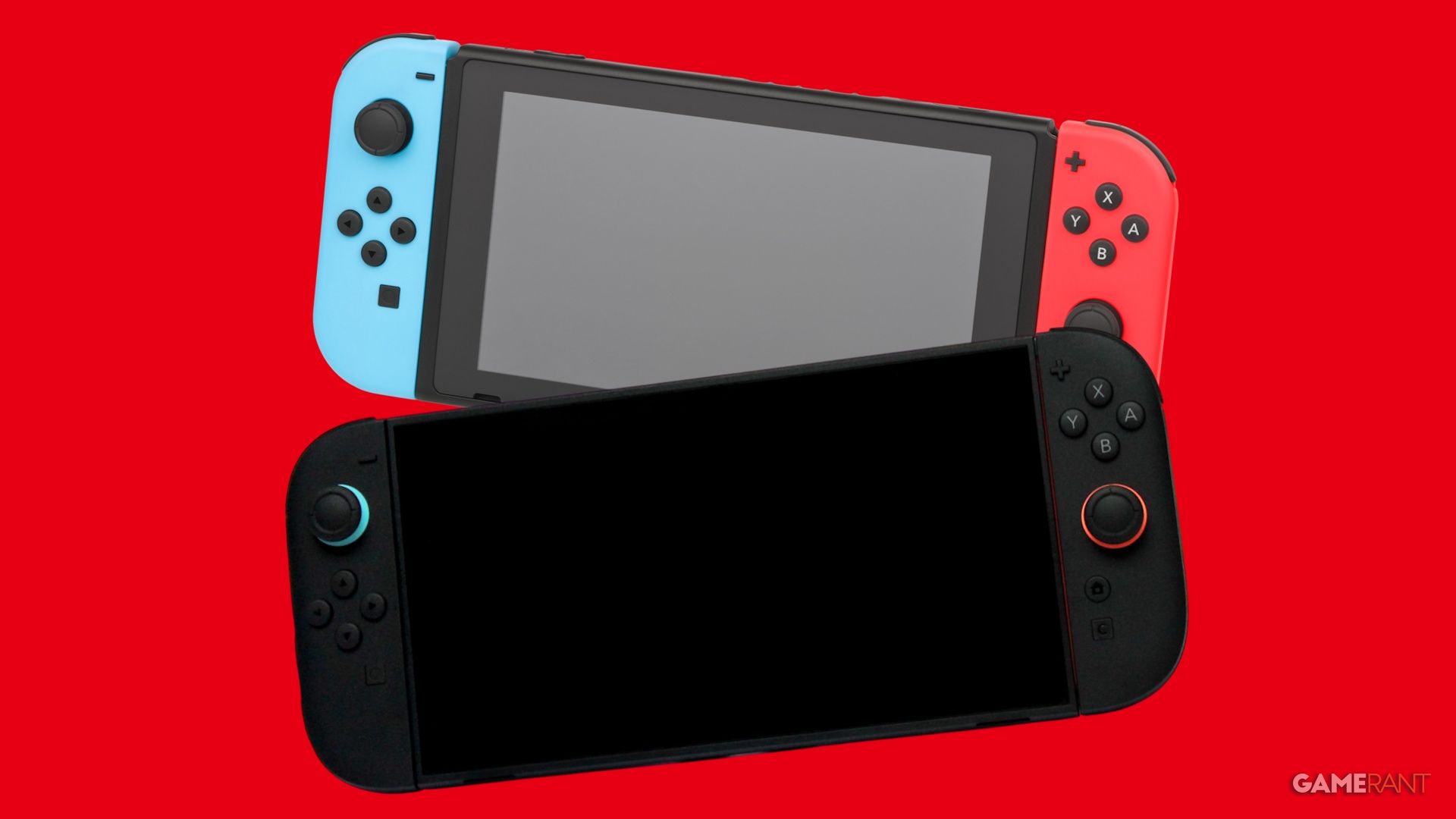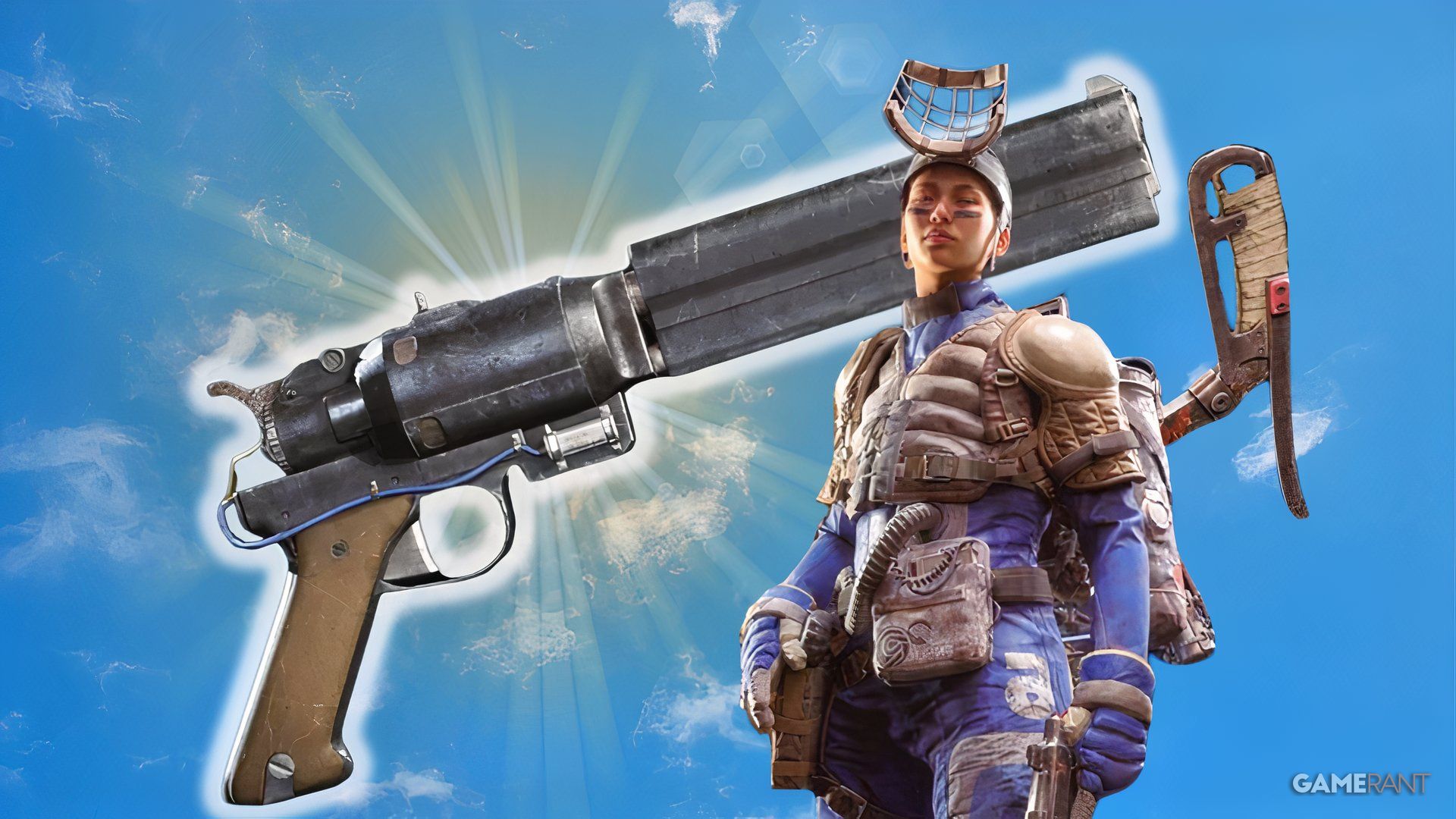Games You Should Keep Installed Even When You’re Not Playing Them
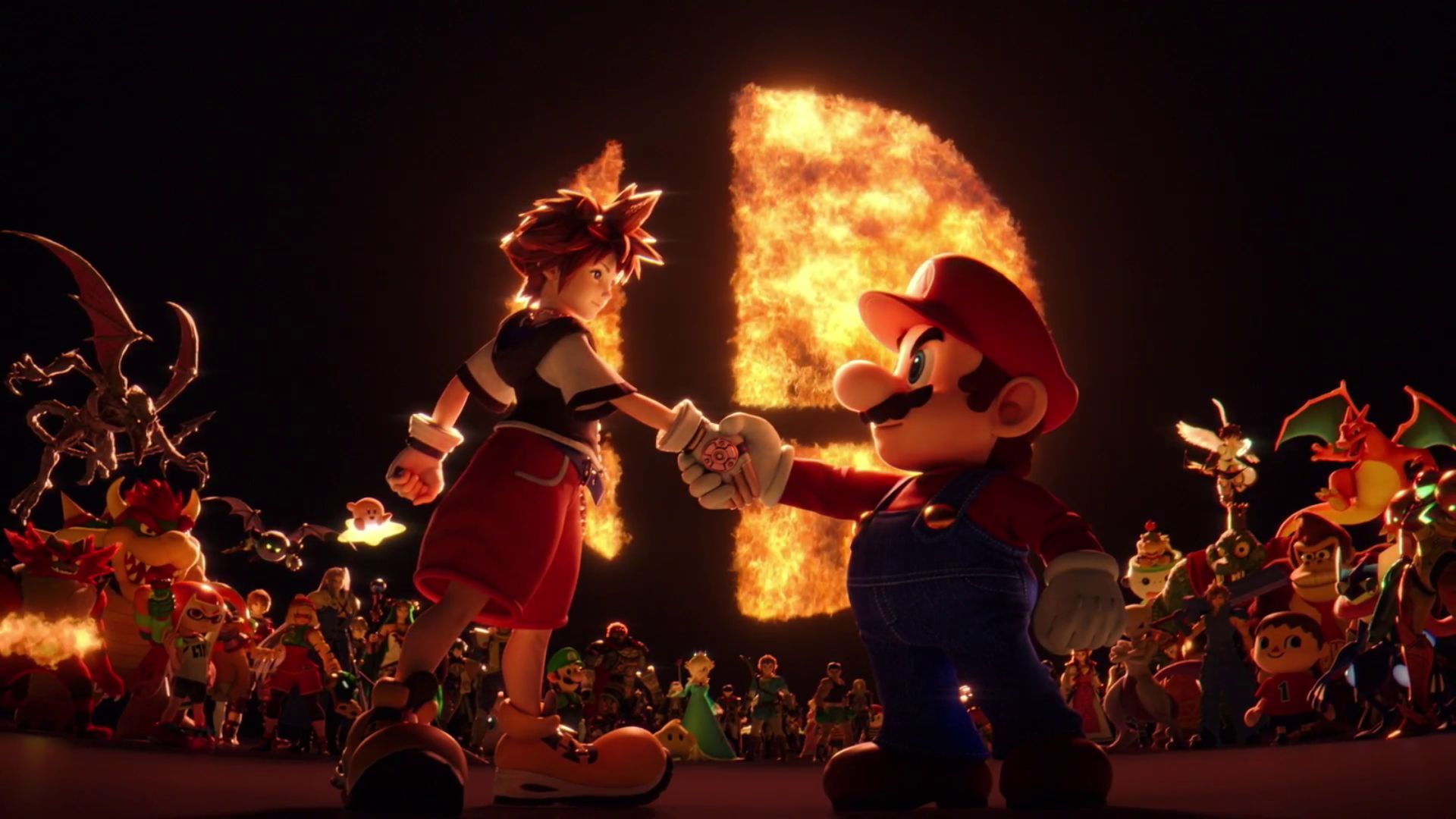
Many top-tier video games now require 100GB or more of storage space, making it tough to manage what stays on your system. Players often struggle with deciding which games to delete or move to external drives. For various reasons – whether it’s the game’s size, frequent updates, or simply enjoying it – people tend to keep certain games installed, just in case they want to play them again in the future.
